Disappearing Crafts Reappearing
To follow on from one of my more recent posts, I reminded myself of something I wrote elsewhere recently too. “It’s not that towns like Oxford are disappearing but more what made Oxford that’s disappearing.” I don’t altogether lament the opulence of past wealthy-class generations where the rich were venerated nobles known for personal wealth and then for for the generated wealth and dominance through one type of forced labour or another in the arts and craft of working people with developed and creative skills. I see creativity works itself into or, better, out of people gifted with a mind that seems more articulate in the transforming of the raw into works of art. 

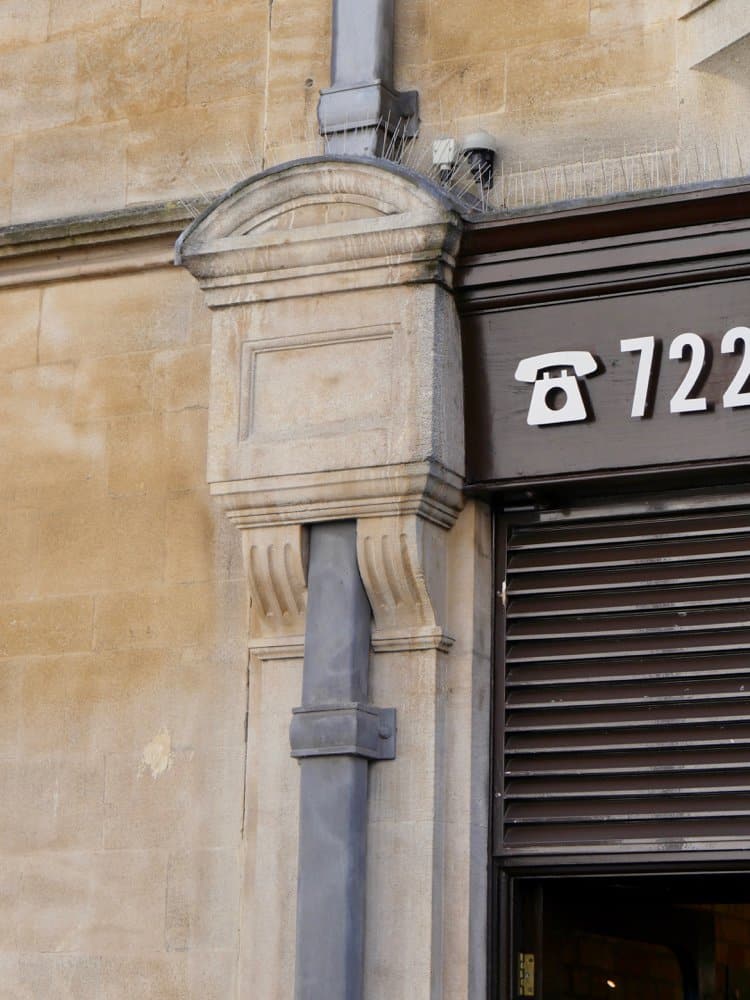

The man with the truck load of Festools and Makitas thought that he was wise and understood the cutting of hand cut dovetails when he evidently missed the whole point. I have accepted this as the status quo in general for all so-called professionals but understand they are not all to be tarred with the same brush. I speak to ‘professional‘ woodworkers in different crafts and have generally found that the problem is that they in fact think that they do understand all issues involving hand working. That’s far from true for the majority. Not only do they mostly not understand, the fact that they think they do somehow prevents them from understanding at all. In recent months heard three college graduates from a three-year furniture making programs say that they didn’t know how to sharpen a ripcut saw of any kind. This of course is the simplest of all saw sharpening methods. Fact is they could learn about it in ten minutes and master it in a few half hour sessions over a say a month. When I was introduced to their lecturer, he too said that he couldn’t sharpen a ripcut saw. Such was the case with another furniture maker who had been woodworking full time for 30 years. This means they must either buy throwaway saws, hard-point saws, or send them away. Mostly they are simply put aside for years to rust into an ever-failing condition. I say this because you can see the shortfall. I cannot imagine why any training centre would install say a machine method of grinding edge tools for student use. I can understand mechanised grinding if you are a school and have a hundred chisels to prep for a class. You will see the difference. My chisels are never, ever ground on any electric grinder. It’s too slow and unnecessary.
I do see that what is being lost is the expectation younger people have whereas in my youth I did expect that I could learn a craft by apprenticing. When we lose expectation we lose hope and when we lose we feel disempowered.
I do get tired of people saying you can’t make it working for yourself as a woodworker. How ridiculous a statement. I have found the difference mostly yo be this. Yes, we are in danger of losing that aspect of our lives that distinguishes us from all others in the animal world if indeed you want to consider us as animals. Creative hand skills need to be first of all developed and then practiced continuously as part of man’s life. That’s just my perspective. I frequently visit a favourite shop slap bang in the middle of Oxford. The shop is also online and it is called Objects of Use. Perhaps at one time, in French, the name might more reflect objet d´art or in the English use of this French term more objects of most things three-dimensional on a more diminutive level. In my mind I translate the term objet d´art as, one, objet; meaning created item, and two, d´art; meaning of work, skilled practice and workmanship to fashion natural materials into functional and descriptive pieces to support life. Here is the etymology of the word art, but I am not saying culture does not redefine words. My belief is that the very term ‘culture‘ means a literal dynamic constantly enabling or actually empowering change. Because culture itself is often changing and not stagnant as such, we see the impact of fusion by added other cultures. Often we see a diffusion resulting because of the additional impact of added influences and factors.
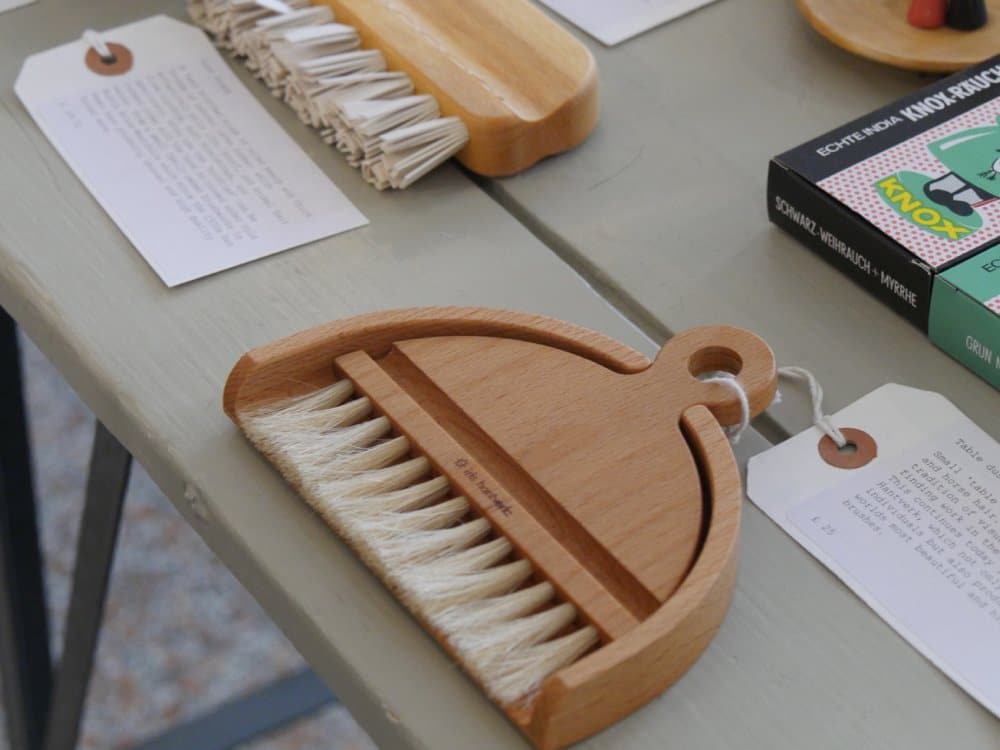
“One of the most important caveats you stressed is that you have to tailor your lifestyle to your earning capacity if you wanted to succeed with hand tool woodworking in business — This actually gave me the smile — The continual cost of hardware, upkeep and mooring of a “Great Sailboat” would tax the income of a Surgeon or an Attorney/Lawyer, never mind a lifestyle Woodworker.”
Moreover. The images on this page show something in process. Objects of Use doesn’t stock what doesn’t of course sell. Take a look closely at the individuality of the pieces. It’s one thing to turn a bowl or cup on a lathe. I can turn a cup or bowl in a few minutes and so could thousands of others too. Individualising it, on the other hand, now that’s different and that’s what makes any item different. This is where the artisan takes some extra effort and the work takes on character.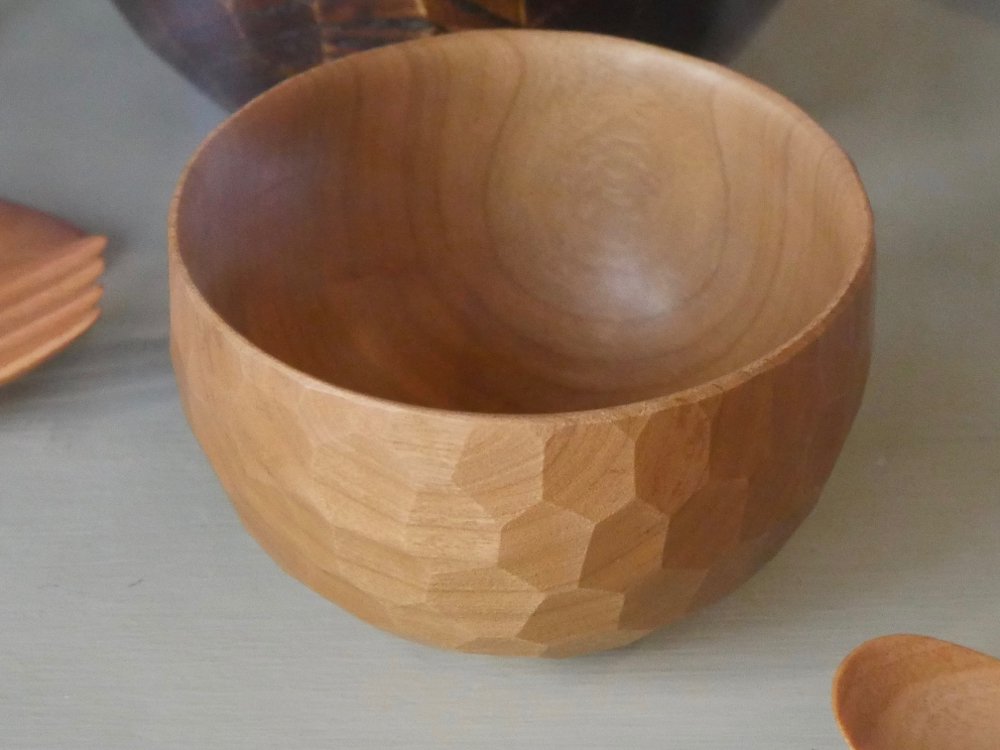
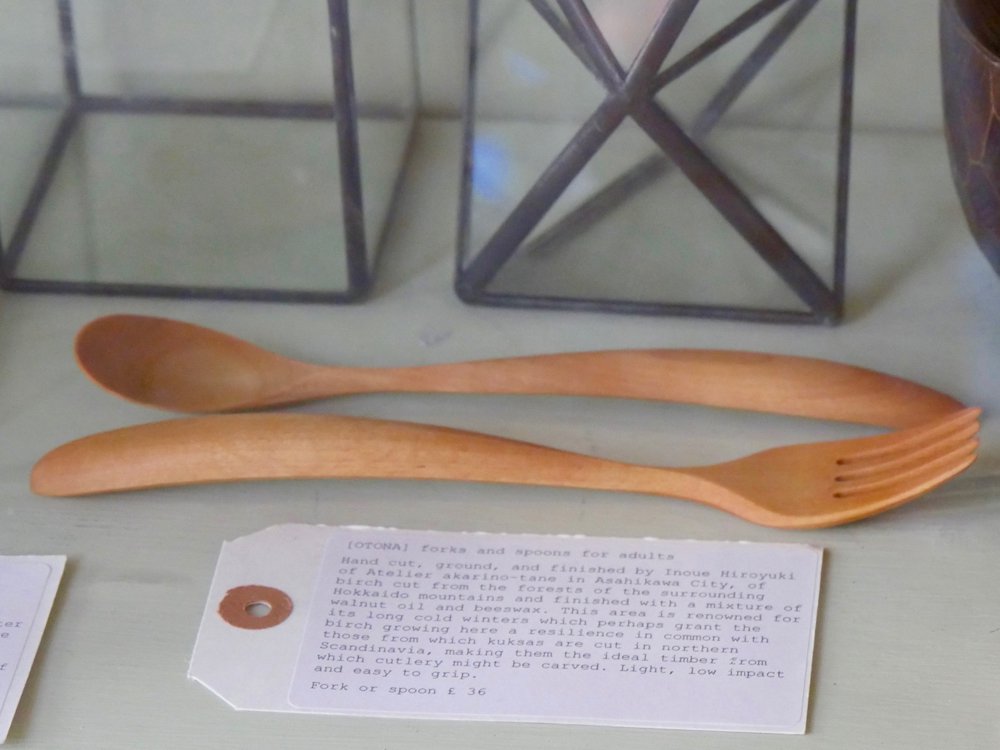
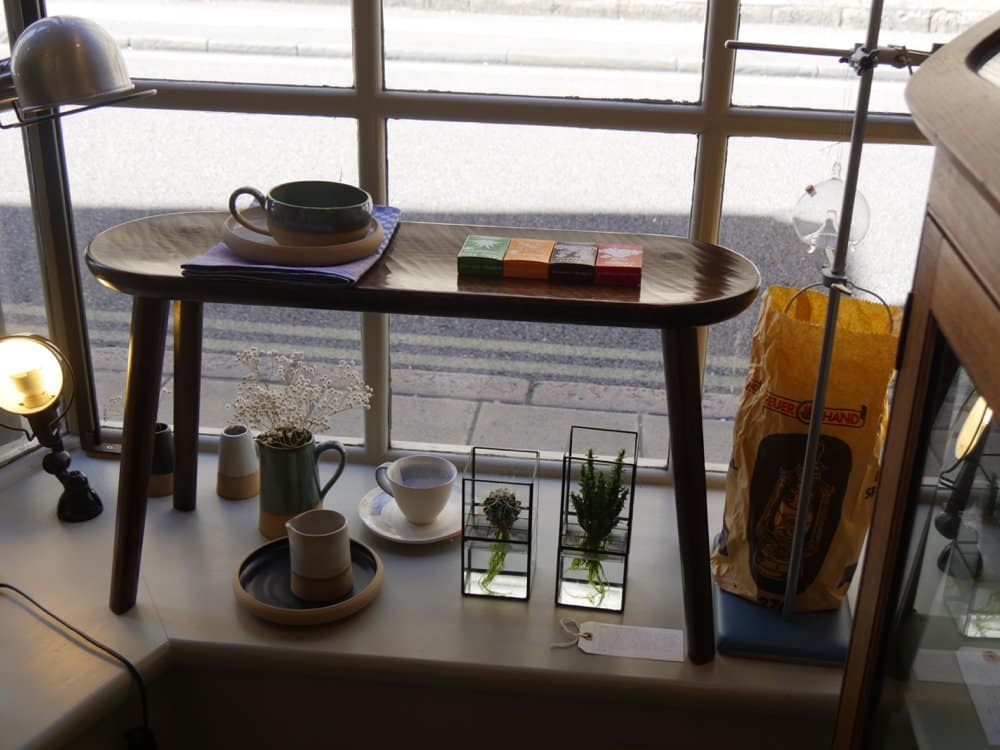
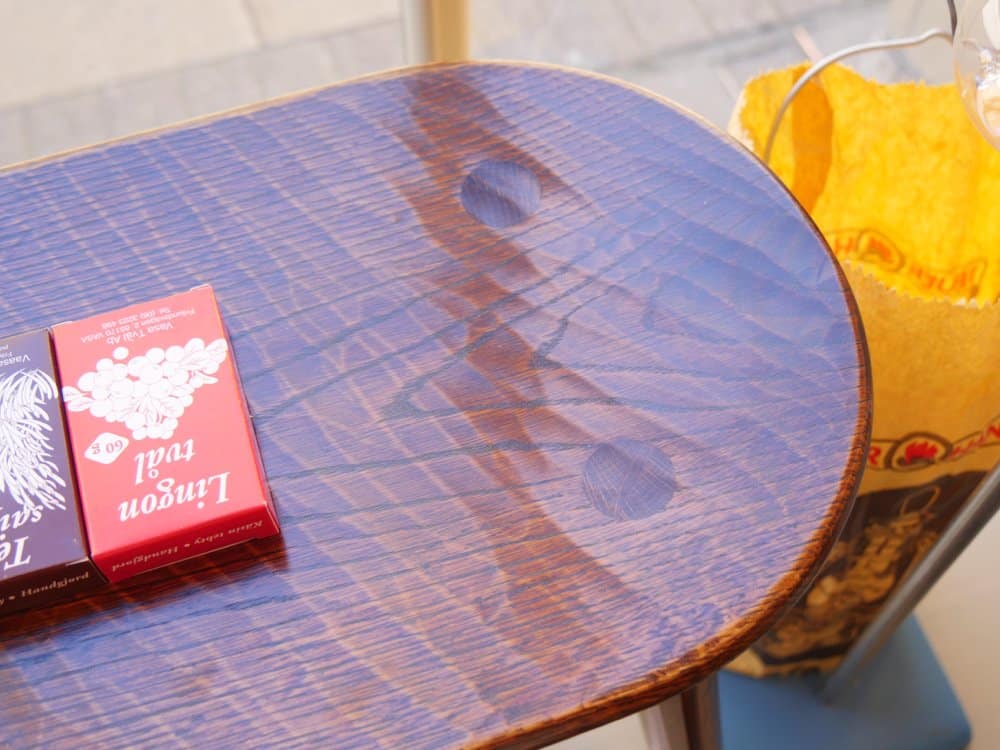
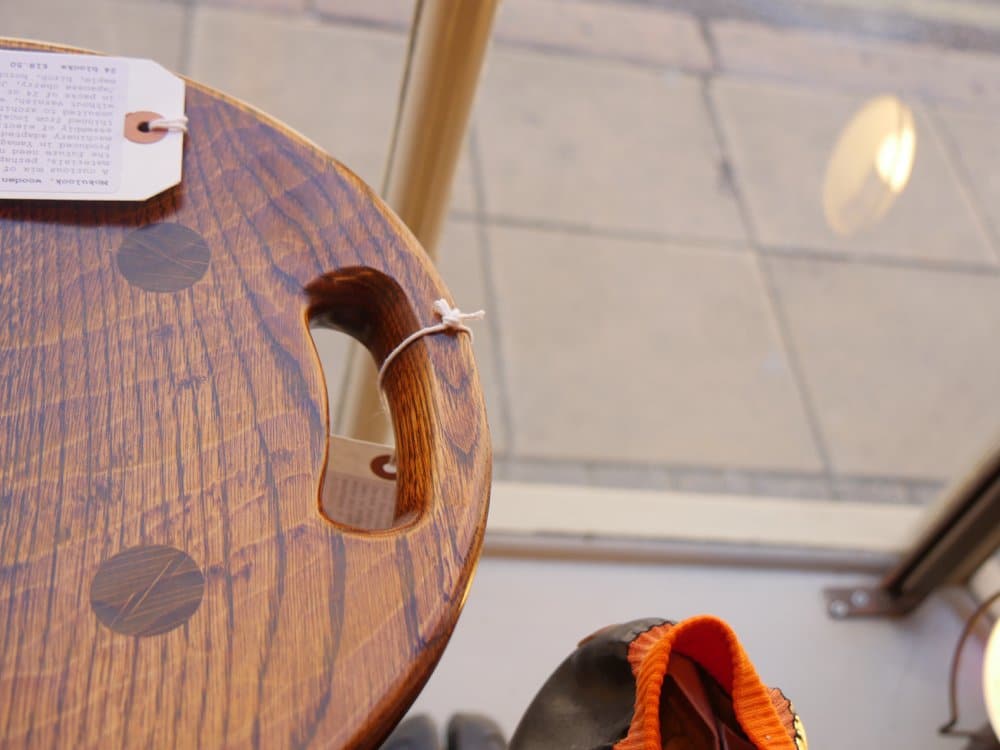
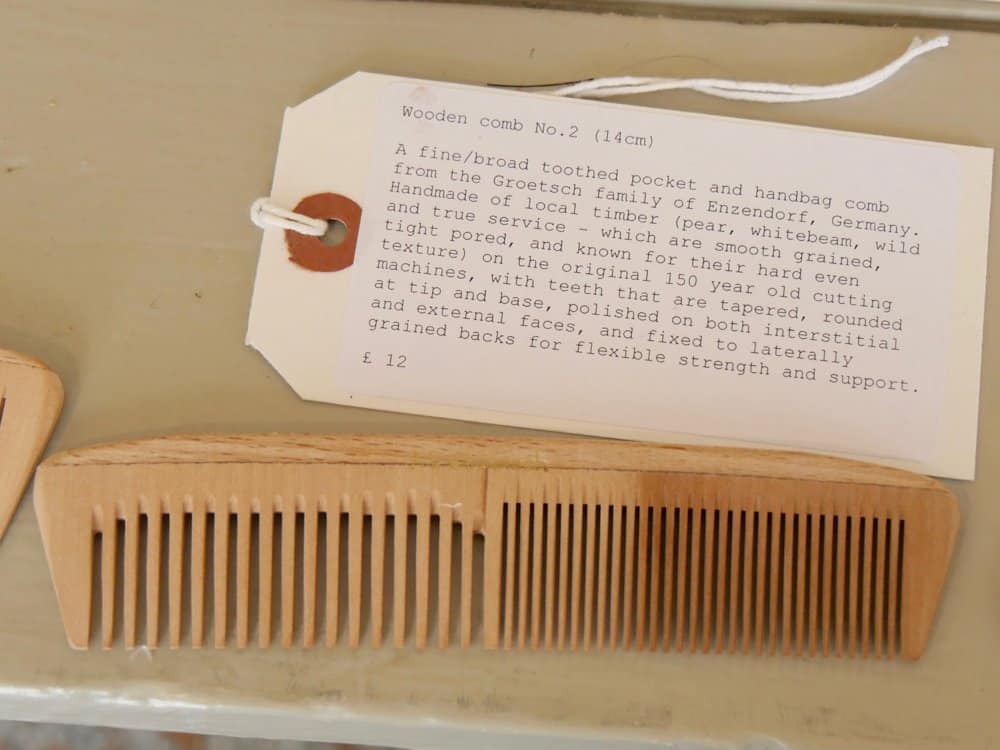
Combs like these improve with use and over a decade they will customise themselves to your scalp, oils from your hair and such and they ‘become‘ or ‘becomb‘ yours. £8 and up is not much to pay for a lifetime implement like this. Yes, not everyone can afford the difference between hand made and mass made. I save for them and buy when the money is there. It’s a matter of choice and I choose to do things this way. 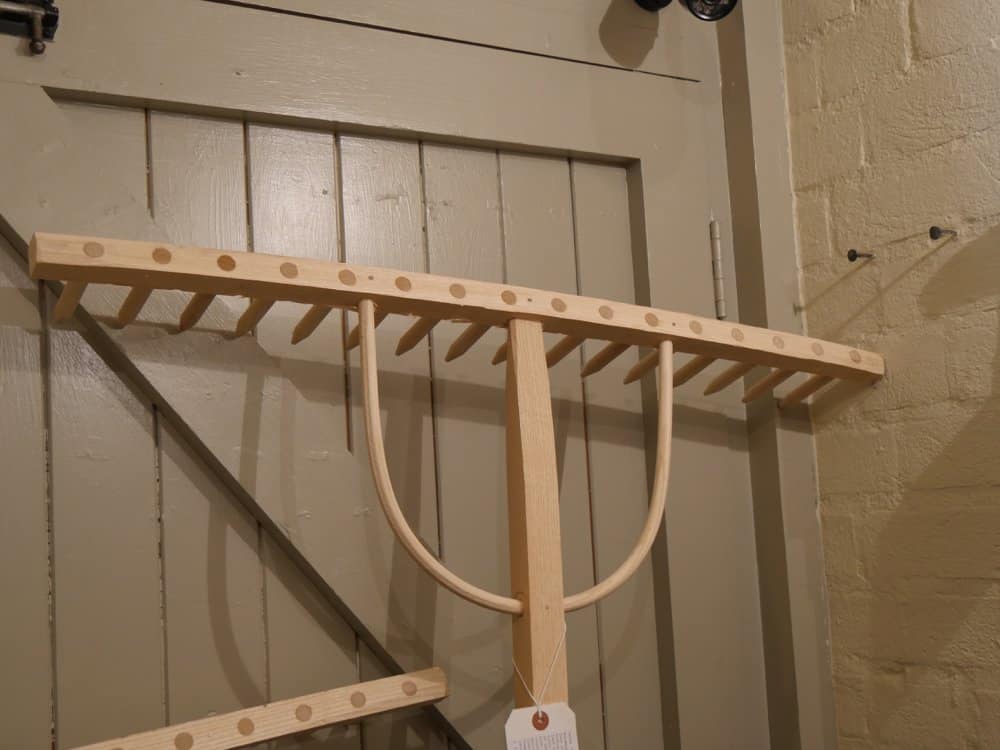
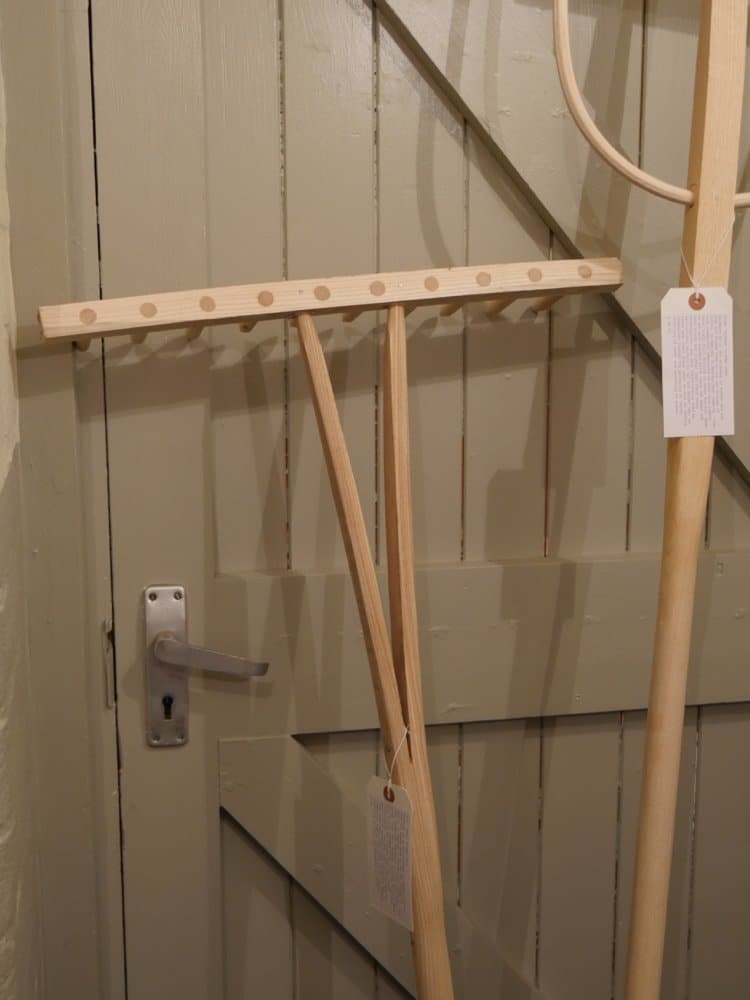
If you cannot go into Oxford because of geography then visit them online here and support them.
And so, in the teaching we do, we train people to be able to create a subculture that counters the sterility of mass made on local levels around the world. People are adding making and then selling into their lifestyle and enjoying the risk, the added interest and the quality such doings bring to their lives.


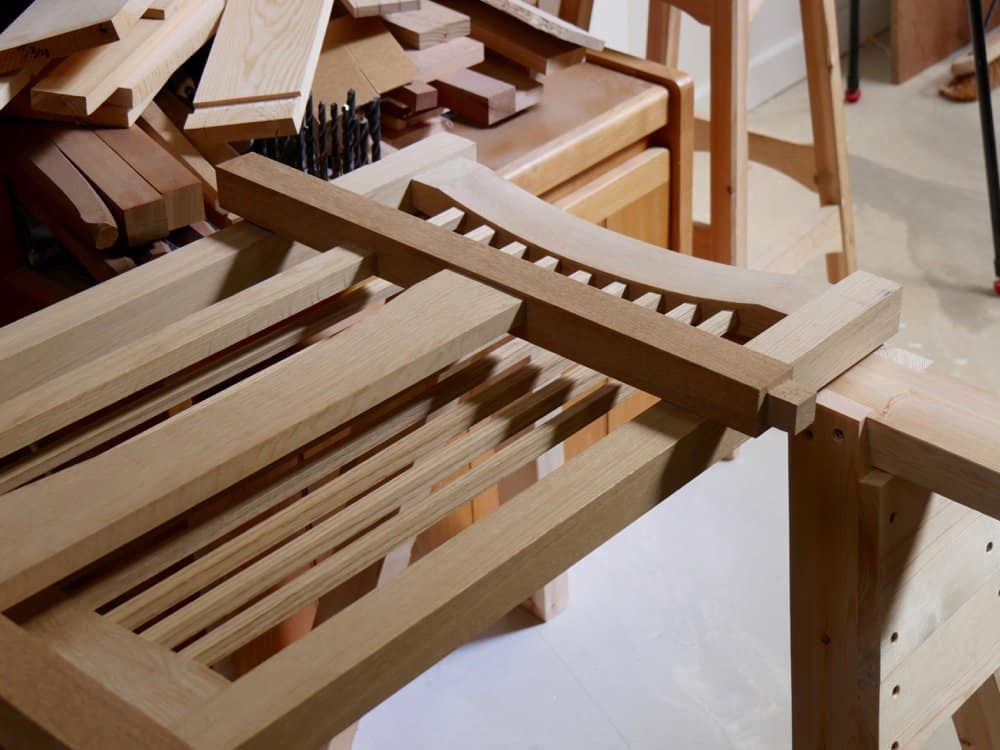
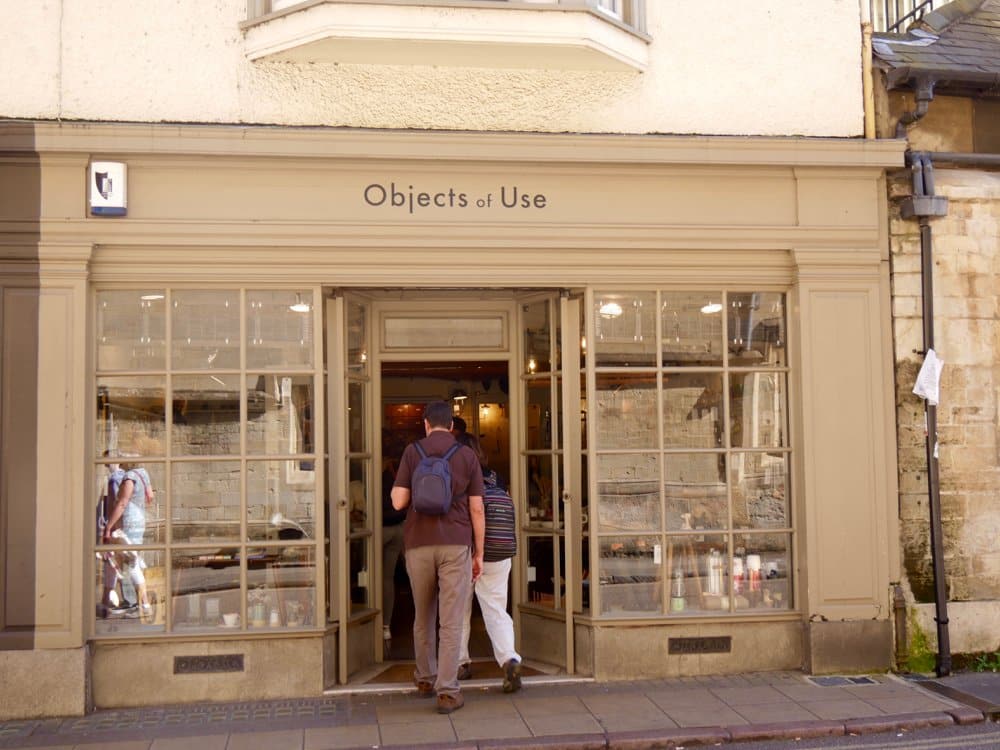
Paul, I discovered this delightful shop when visiting Oxford in January. My wife and I were wandering the streets, admiring the buildings … when I spied a sign in a shop window that looked like ‘Marples’. That name could only mean one thing in my world view, so I had a closer look. What a find! In the middle of Oxford, in the freezing cold, this discovery. I came away with some great spoon carving knives. Thanks for re-kindling the memory.
Regards from Perth (Australia)
Derek
I really do believe some people would benefit themselves by simply reading Defoe’s Robinson Crusoe. Where a simple carpenter’s chest was worth more than a ship full of gold. Where being able to work with your own hands really meant you would survive. While it is a work of fiction (though some think it based on several different real people) the lessons are valid and real.
“It’s not that towns like Oxford are disappearing but more what made Oxford that’s disappearing.”
Having moved from the Westcountry to Sheffield I would tend to agree with your sentiments. Whilst there are various monuments to the engine that drove industrial Britain the engine has not survived. Its a very sad state of affairs. Its not worth discussing the reasons for this decline as they are too many and varied.
The one thing that survives is the craftsmanship of the hand forged tool steel that appears in various forms in car boot sales (flea markets). From my purchase last weekend of a forged chisel (minus the handle) for the princely sum of £1 imagine my joy at finding not only the size of the chisel stamped on the blade but the makers name and even the works it came from. The hammer marks are still in the hilt of the tang.
Every time I find an old woodworking tool that is salvageable I love to find the makers marks and the stamped names of the previous owners. You stand with a craftsman made tool in your hands possibly 125 years old and cant help wondering about the man that made it and what it has created.
The disposable society is gradually coming of age and realising that quality trumps price although fewer of us can afford that price. As Paul has stated……save up for it!
A relative of mine once told me that when engineers, people who made things with their hands, ran the country it was a world leader but now the country is run by people who know the cost of everything but the value of nothing.
Take solace that craftsmanship survives and thrives amongst those that are not afraid to try.
We are known for shops like this here in Tennessee.
Our oldest town, Jonesborough, is where one of my close friends, who you may have seen on the Woodwright’s Shop show, teaches a class in making wooden chairs by hand, from trees all the way to classics. As this world becomes more and more plastic and convenient to the point of skills lost it really is a blessing to see these shops still exist.
Where did you get your name? Many of my ancestors lived in Washington County, one John C. Wheelock being a gunsmith…..others ran the Kincheloe mill. I love visiting the Museum of Appalachia and seeing how woodworking was done in bygone days in the pioneer territory. There was a lot of skill in making a good wagon wheel. The oldest still standing structure in Tennessee, the Earnest Fort House, shows how my Swiss ancestors built log homes (Heinrich Ernst was my 4x grandfather). I need to visit the chair maker! Ramble over!
I shed a tear every time I think of the failed iron works here in the USA. Sure, they were smelly, dirty, clogged the air and were dangerous places to work, but Iron built America, and what bit of fluff have we replaced it with?
I too have been an artist and craftsman my entire 70 years, but sadly, I just can’t work fast enough and produce enough to make a living at it. So be it, I’ll never stop. Popeye said it all: “I yam what I yam.”
Paul, It is all about what we learn in life. Things change and they stay the same. The world moves faster and still we are cavemen in our attitudes. The young people today are our future. They search for meaning in life. Look what Bernie Sanders did. But look what Donald Trump is doing as well. It represents what people are searching for.
Keep on doing what you do and people will find solace in it. I for one am happy when people are making things or recycling things and fixing things. Old timers say YouTube and technology is not good. It brings us information, inspires young people and helps us learn as well as be entertained. I found you that way. LOL!
Their are hybrid woodworkers which is what I am. Hand tools and power tools. And I repair, create, and enjoy working with my hands.
Keep on showing people what you do and being who you are. It changes the world one viewer at a time.
Great Blog Paul, I would love to be able to visit Oxford and that store one day. I am not a Crafstman like you are but I have for nearly all my life enjoy woodworking, architecture and hand mad products. I refuse to buy from Ikea as I like real wood furniture and I am not a big fan of some of the skins that are used on some furniture. I am lucky to own my Grandparents Dining Room furniture along with a slant top secretary desk and my great Grand Fathers smoking stand that housed all his pipes. Now most of this furniture is well over 90 years old and that smoking stand is from 1890 or there abouts. Most of the furniture needs to be refinished and the seats need to be re padded sometime but they are in use daily.
Steve
Everyone should look up Professor Spooner, now deceased, from Oxford and his contribution to the English Language. He left us with “It is kisstomary to cuss the bride”
Great perspective essay. This should be published in Fine Woodworking; until articles like this appear in FW I don’t see the point of ever reading the modern version of FW.
I know the man with the boat; from 1999 to 2008 I was just like him. Thought I had all the answers; thought I knew exactly what I wanted; thought if I had job X they I’d have thing Y.
But those thoughts weren’t my own, they came from popular culture. He just doesn’t know it. We are all blind in some way to our own ignorance. Hopefully, he keeps reading your blog and have the want to reflect.
I doubt that he would read the blog, but perhaps he might. I live in hope. Mostly the first few lines will be signal to press close and move back to default position.
Wonderful find, that shop.
The Ibazen stools are magnificent: they exude that hard-to-define quality which is only present in objects that are truly made by hand. The term handmade is becoming debased – see any number of Etsy offerings that owe more to the powered router than any hand tool. We need a new term to describe things that after initial conversion and perhaps dimensioning have not been touched by machine.
I have to admit that my first thought was that £750 is a lot to pay for a stool. I made your oak stool for my granddaughter, and I’m happy with it. But it is not in the same league as the Ibazens. Then I reflected that a rate of £400 a day is not uncommon for a programmer, or any other modern ‘skilled’ occupation. That’s generally accepted. And most of us get our system of valuation for furniture from Ikea et al. So our whole value system is broken. If I think about that stool carefully enough, it’s a bargain at £750 because that equates to less than two days work from someone whose skills are more easily acquired than those implicit in the stool. I’m not going to buy one, but its existence inspires me to make my next stool better.
Thank you for all you do to make us think about this kind of thing, as well of course for the teaching.
Hi Paul,
I wish the craft of building county find gates was reappearing .
Is it feasible to get to that shop from London? I have to go to London for work now and then and would love to visit there if possible by train etc?